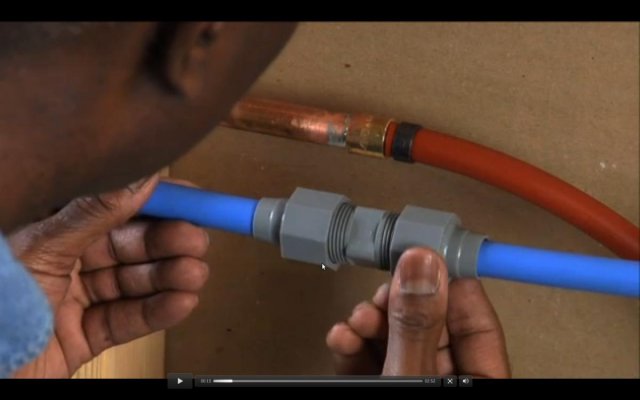JESSEDIVER49
Senior Member
- Joined
- May 2, 2013
- Messages
- 187
- Location
- USA
- Vessel Name
- Good Vibrations
- Vessel Make
- Grand Banks Classic 42
I discovered a small, spray leak at a 90-el on the pressurized fresh water line on my GB trawler. It's in the engine room in a very inaccessible location. Will require removal of a bunch of electrical just to get to it. The piping (really tubing) is ~3/8" grey PVC line at a white nylon 90-el. There appears to be a specialty-type SS clamp around PVC line for securing line to fitting.
Can anyone tell me best way to repair this and where to get the fittings and specialty clamps?
Can anyone tell me best way to repair this and where to get the fittings and specialty clamps?

